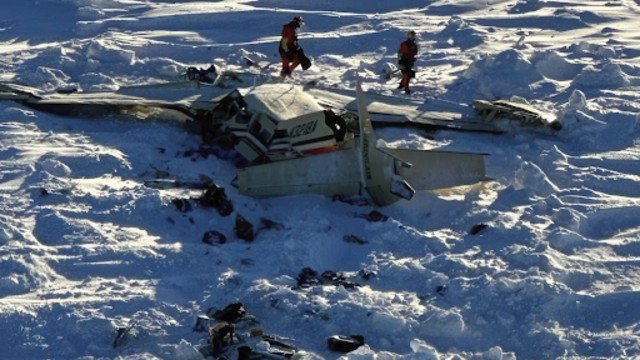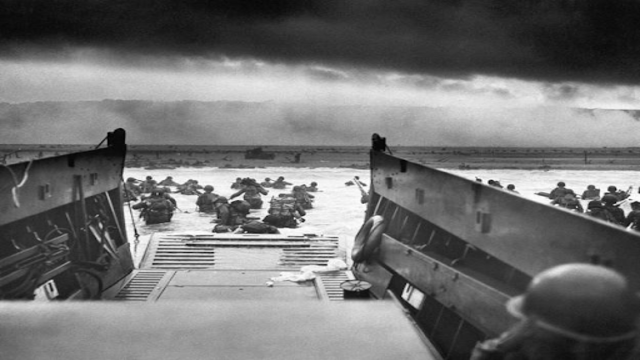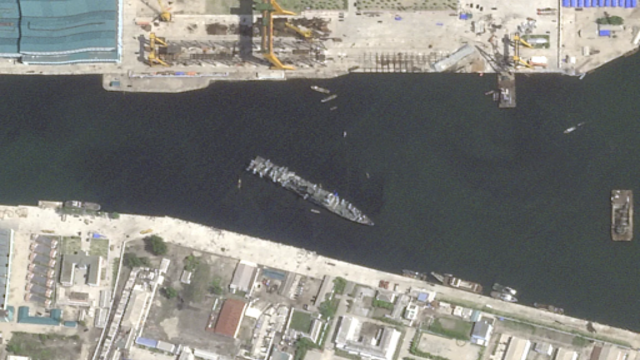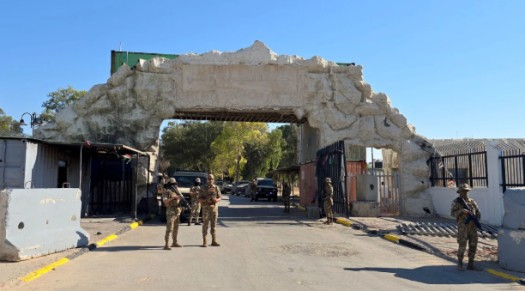
This image, released by the U.S. Coast Guard on Friday, Feb. 7, 2025, shows the wreckage of a small commuter plane that crashed in western Alaska while en route to Nome. AP Photo
A small commuter plane heading to Nome, Alaska, crashed on sea ice, killing all 10 people on board. Authorities confirmed the tragic news on Friday, marking one of the deadliest aviation accidents in the state in the past 25 years.
The U.S. Coast Guard located the wreckage while searching by helicopter in the plane’s last known location. Two rescue swimmers were lowered to examine the site, where they found the shattered remains of the aircraft scattered across the ice. A released photo showed the wreckage surrounded by emergency responders in bright-colored gear.
The news has deeply affected the community, with officials expressing sorrow. “It’s hard to accept the reality of our loss,” said U.S. Senator Lisa Murkowski during a press conference. Nome’s Mayor, John Handeland, struggled to hold back tears as he spoke about the tragic event, urging the community to come together in support of one another. A prayer service was scheduled for the evening.
Authorities have shifted their focus to recovery efforts, but conditions are making the process difficult. Rapidly changing weather and unstable ice pose major challenges. "They are on the ice as we speak," said Jim West, chief of Nome’s Volunteer Fire Department. "We must work quickly but safely."
The aircraft, a single-engine Cessna Caravan operated by Bering Air, was flying from Unalakleet to Nome. The plane, carrying nine passengers and the pilot, was at full capacity. It departed at 2:37 p.m. on Thursday, but officials lost contact with it less than an hour later.
Radar data showed that at 3:18 p.m., the plane suddenly lost altitude and speed. "Something happened that caused a rapid descent, but we cannot speculate on the cause," said Coast Guard Lt. Cmdr. Benjamin McIntyre-Coble. There were no distress signals from the aircraft before it went down, and the emergency locator beacon did not activate.
The Coast Guard, state troopers, and other agencies worked together in the search efforts, scanning frozen waters and the surrounding tundra. The National Transportation Safety Board has dispatched a team of nine investigators to examine the crash site.
Alaska relies heavily on small aircraft for travel, as most remote communities lack road connections. Many people fly to attend events, transport goods, and receive medical care. However, harsh weather and rugged terrain make flying in the state particularly risky.
This crash is the third major U.S. aviation disaster in just over a week. A commercial jetliner and an Army helicopter collided near Washington, D.C., on January 29, killing 67 people. Two days later, a medical transport plane crashed in Philadelphia, resulting in seven deaths.
Bering Air, which serves 32 remote villages in western Alaska, operates regular flights from hubs in Nome, Kotzebue, and Unalakleet. The village of Unalakleet, home to about 690 people, is a key stop along the famous Iditarod Trail.
In Nome, a city known for its Gold Rush history and as the finish line of the 1,000-mile Iditarod sled dog race, residents gathered to pray for the victims, their families, and the rescue teams working in dangerous conditions.















